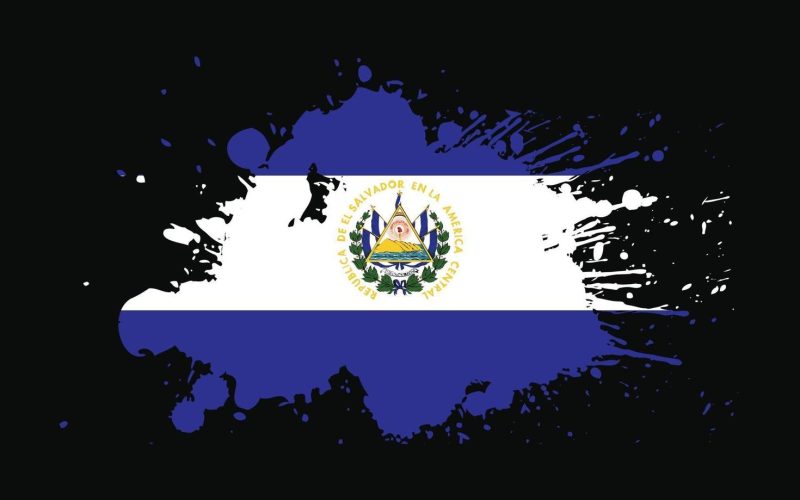The national flag of El Salvador is much more than a simple piece of cloth; it is a visual representation of the country’s history and character. The distinctive combination of colors and design elements on the flag of El Salvador has significant value for the country’s residents. In this article, we’ll take a detailed look at the flag of El Salvador to discover its origins, symbolism, and aesthetics.
Introduction
Flags are more than simply banners; they represent a nation’s solidarity, its sense of pride, and its unique character. The flag of El Salvador, with its bright colors and unique design, represents the country’s proud history and culture. This page will take you on a tour of the flag’s history, its symbolism, and its contemporary significance.
Historical Background
El Salvador’s flag has deep roots in the nation’s fight for freedom. El Salvador’s blue and white flag dates back to the 19th century, when it was accepted as part of the United Provinces of Central America.
The inspiration for this layout came from the disbanded federation. As the region’s political climate shifted, however, El Salvador created a flag that showcased the country’s distinct identity.
The Flag’s Colors and Meanings
El Salvador’s flag, which is blue and white, has deep symbolic meaning. The sky above El Salvador is blue, and so are the hopes and dreams of its people. White symbolizes innocence, calm, and the valued pursuit of national unity.
The Five Blue Stripes
Once signifying a unified Central America, the flag’s hoist side features five vertical indigo blue stripes. These horizontal bars represent the region’s common history and culture.
The White Band and Emblem
El Salvador’s national symbol is shown in the center of a white ribbon that runs the length of the flag. The crest features a beautiful quetzal sitting on a yucca plant. This depiction pays homage to the country’s indigenous past while also summing up its abundant natural resources.
The Quetzal and Its Symbolism
The indigenous peoples of Central America see the quetzal as a representation of liberation, rebirth, and optimism. Its inclusion on the flag symbolizes the perseverance of the people during the fight for freedom.
Evolution of the Flag’s Design
There have been various iterations of the flag of El Salvador. The original blue and white pattern has been refined into the current, more sophisticated representation. The nation’s identity is evolving and it is learning more about itself, and these modifications reflect that.
Proper Etiquette and Display
The people of El Salvador place great value on the proper treatment and display of their national flag. During national celebrations and festivals, the flag is proudly flown as a sign of national unity.
Cultural Significance
It is important to remember that the flag of El Salvador is more than just a political symbol. In doing so, it honors the many ways in which individuals from El Salvador have enriched the world via their art, music, gastronomy, and more.
Contemporary Interpretations
Artists, authors, and activists still today get inspiration from the flag. Its historical importance and instantly recognizable appearance make it an effective means of demonstrating national pride and discussing urgent social concerns.
The Flag in International Events
The flag of El Salvador is a major attraction during international events that take place far from the country’s borders. It represents the country internationally and promotes relations with other countries.
FAQs
1. What do the five blue stripes on the flag represent?
The former union of the five Central American nations is represented by the five blue stripes.
2. What does the quetzal bird emblem signify?
One, the quetzal is a symbol of the nation’s fight for independence, freedom, and hope.
3. How has the flag’s design evolved over time?
Originally a blue and white design, the flag has evolved into its current form, which features a white ribbon and insignia.
4. Why is the El Salvador flag important to the people?
The flag is a symbol of national pride and solidarity since it represents the nation’s history, culture, and identity.
5. How does the flag contribute to international relations?
The flag of El Salvador serves as a symbol of the country’s diplomatic and cultural ties to the rest of the world.
Conclusion
More than just a piece of cloth, the flag of El Salvador is a symbol of the country’s perseverance, history, and future hopes and dreams. It is a treasured sign that brings the Salvadoran people together and resounds with lovers all over the world due to its extensive symbolism, long history, and modern relevance.





